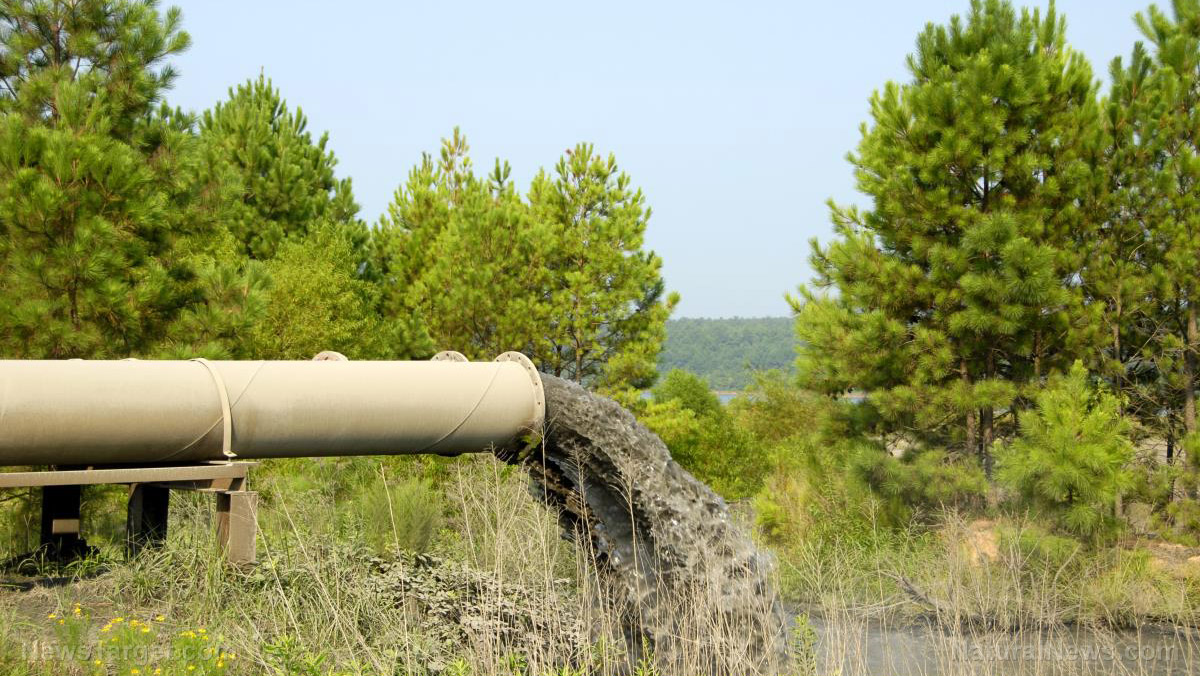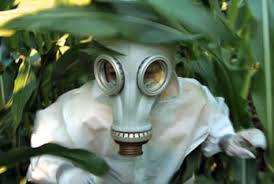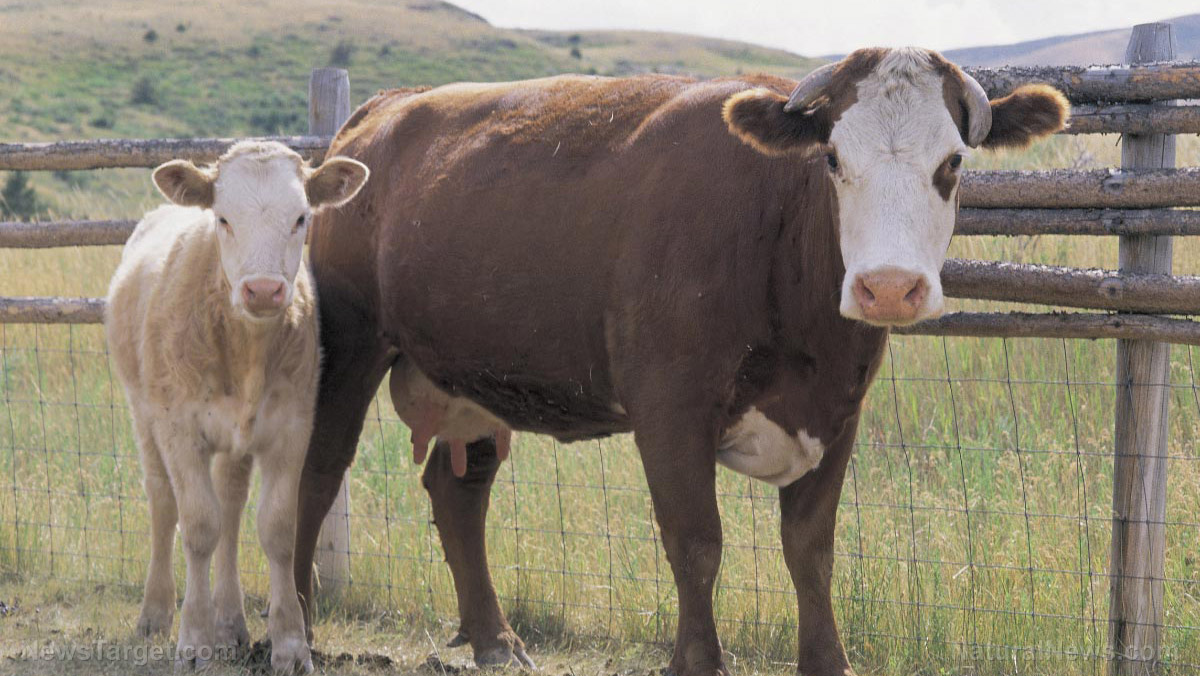Peroxidase from horse radish as an eco-friendly method of phenol removal from water polluted by industrial effluent
02/11/2018 / By Michelle Simmons

A new study published in the IOSR Journal of Environmental Science, Toxicology and Food Technology has found that peroxidase from horse radish can be used for the removal of phenol from water polluted by industrial waste.
- The study authors aimed to develop an eco-friendly, economical, and effective biological method of removing phenolic pollutants from waste water.
- They believed that since phenolic compounds are toxic to humans and aquatic organisms, they should be removed from contaminated water before they get into any natural stream of water.
- In conducting the study, the study authors used peroxidase enzyme to remove phenolic compounds.
- They used natural sources such as radish, broccoli, carrot, soybean, and beetroot as well as microorganisms such as Pseudomonas aeruginosa, Staphylococcus aureus, and Bacillus subtilis for the extraction of peroxidase.
- Then, the microorganisms were grown on a mineral salt agar medium supplemented with phenol concentration of 200 milligrams per liter (mg/l) at 25ºC for three days or 72 hours to determine their potential biodegradation of phenol.
- Results showed that among all the peroxidase enzymes, white radish peroxidase was the most effective peroxidase enzyme as it exhibited maximum enzyme activity and displayed more than 90 percent phenol removal potential.
- The study authors saw that the use of horse radish peroxidase is an eco-friendly and effective method for the removal of phenol from industrial waste.
Overall, the findings of the study indicate that peroxidase from white horse radish is the most effective peroxidase for removing phenol from water polluted by industrial waste.
For a link to the full text of study, go to this link[PDF].
Journal Reference:
Suneeti Gore, Arika Kotha, Dhanashree Nevgi, Juhi Shah. THE USE OF HORSE RADISH PEROXIDASE, AN ECO-FRIENDLY METHOD FOR REMOVAL OF PHENOL FROM INDUSTRIAL EFFLUENT. IOSR Journal of Environmental Science, Toxicology and Food Technology, 2017; 11: 3 DOI: 10.9790/2402-1103010713
Submit a correction >>
Tagged Under:
This article may contain statements that reflect the opinion of the author





















